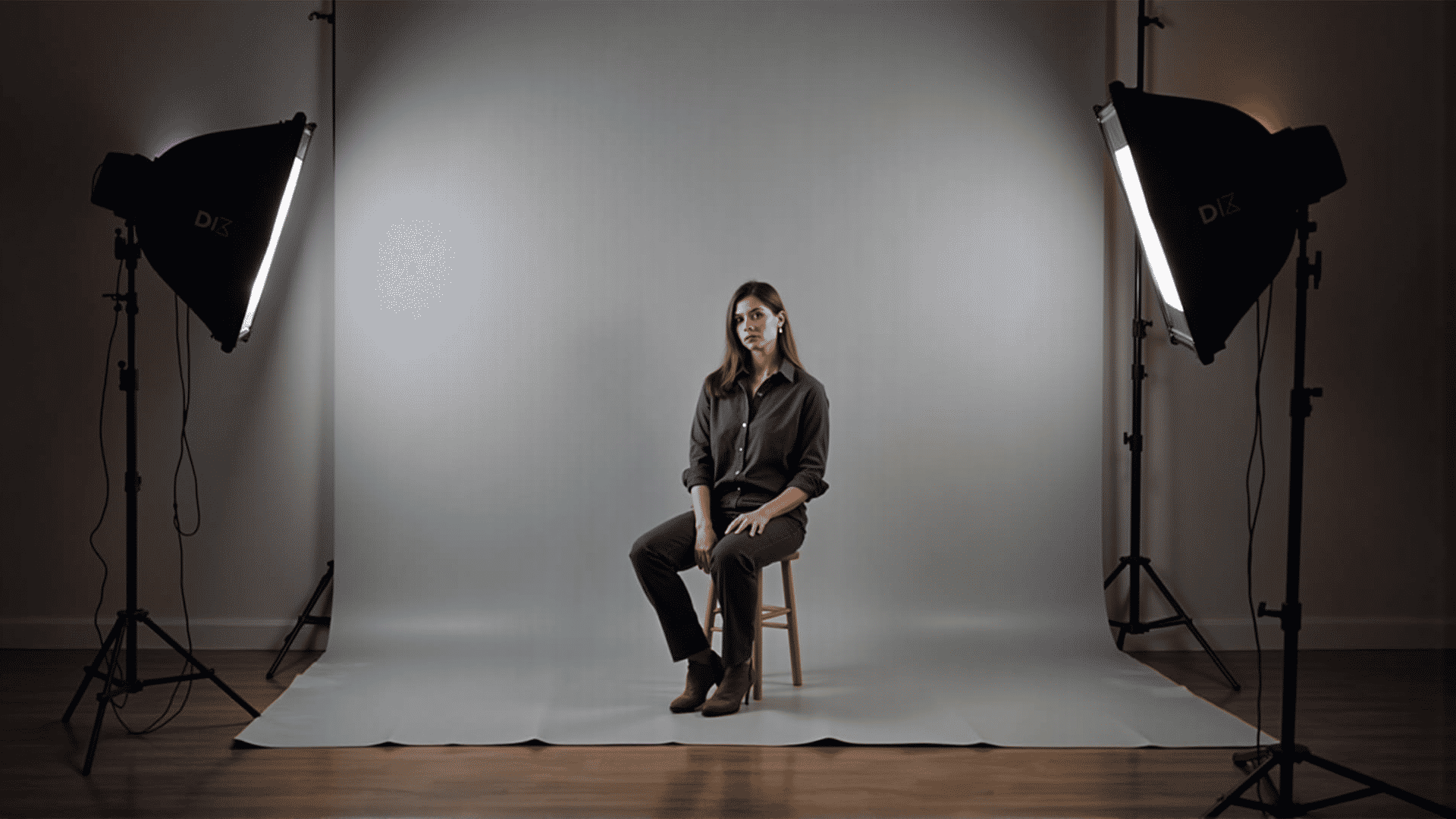In the captivating realm of capturing moments, illumination stands as a cornerstone for creating stunning visuals. Whether one is striving to immortalize a gentle meadow at dawn or the spirited festivities of a celebration, the role of light cannot be overstated. It is an artist's brush, capable of transforming the ordinary into the extraordinary.
Understanding the different types of illumination and how they affect an image is crucial. Natural light, which varies greatly throughout the day, offers an incredible palette. The golden hour, shortly after sunrise or before sunset, bathes landscapes in a warm, soft glow that enhances colors and casts lengthened shadows. Midday sunlight, though harsher, can be used to create stark contrasts and dramatic scenes.
Artificial sources also play a key role in the world of imagery. Studio setups typically employ various bulbs and modifiers to control illumination precisely. Softboxes diffuse light to soften shadows and highlight details, while reflectors help to fill in unwanted shadows, making them indispensable tools for achieving desired effects.
One must also consider the direction and quality. The direction—be it front, side, or back—can completely alter an image’s feel. Side Creates depth and texture, while backlight can result in striking silhouettes or halos that add an ethereal element to the scene.
Equally important is the idea of balance. A perfect composition often requires a harmonious blend of highlights and shadows, known as the dynamic range. Understanding how to manipulate this can lead to striking imagery that vividly conveys emotion and atmosphere.
The importance of understanding color temperature, measured in Kelvin, also cannot be overlooked. It dictates whether an image has a warm or cool feel and can dramatically alter the mood conveyed. By regulating color temperature, one can ensure that the hues in an image are consistent and true to the intended experience.
In conclusion, mastery in capturing life's moments comes with comprehending how illumination impacts every facet of an image. It requires practice and a willingness to experiment with different methods until you find the ones that best express your vision. Whether relying on nature’s canvas or shaping your own, understanding the nuances of illumination is essential for crafting memorable and breathtaking scenes.
